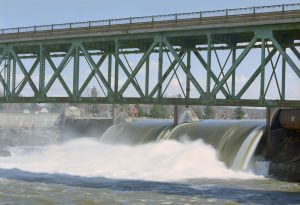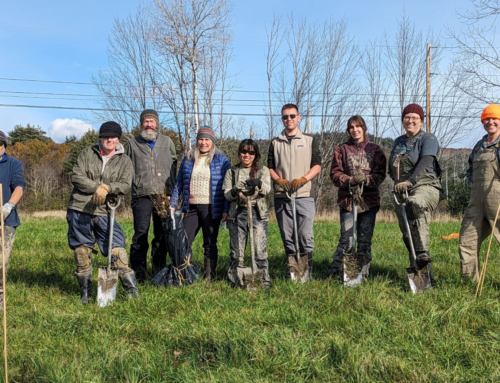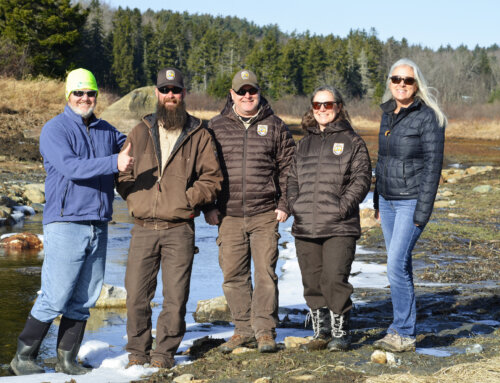
Spring freshet on Connecticut River at Turner’s Falls, MA. Photo: Al Braden
Greenfield, MA – Connecticut River Conservancy (CRC) applauds a recent vote by the Connecticut River Atlantic Salmon Commission (CRASC) to significantly improve shad passage requirements at hydroelectric dams on the Connecticut River. American shad used to return to our rivers by the millions, where today the average run is in the hundreds of thousands. CRASC is a Congressionally-chartered state and federal compact responsible for managing the restoration of migratory fish.
“At CRC, we’re tired of the failure to restore migratory fish runs in New England’s great river,” says Andrew Fisk, CRC executive director and current CRASC chair serving as the public’s representative from Massachusetts. “We support CRASC’s vote to implement stricter fish passage standards for migrating shad. These more rigorous standards must be implemented if we are to finally start rebuilding these populations of migratory fish. Today’s fish runs are a shadow of their former size due to many factors, including hydropower dams.”
For many years, the federal and state agencies responsible for setting standards for safe, effective, and timely fish passage used a simple and insufficient requirement that 40-60% of migratory fish that passed a dam should be able to also pass the next dam upstream. CRASC has voted unanimously to improve these requirements for passage of American shad both up and down the river. The new standards require that 75% of upstream migrating shad that come within 1 km of a dam must pass upstream within 48 hours, and 95% of juvenile shad migrating downstream need to pass unharmed within 24 hours of being within 1 km of the dam. These requirements are based on the scientific and technical expertise and peer-reviewed work of career state and federal scientists and engineers.
Hydroelectric dams are required by law to provide safe, effective, and timely passage for migratory fish that use the same rivers as these energy facilities. In the Connecticut River, some migratory fish can travel upstream to Bellows Falls or beyond, more than 200 miles from Long Island Sound, to find suitable habitat to reproduce or grow into adults. Some species will also travel back downstream to the ocean. The dams, however, have blocked or impeded their travels upriver, while turbines and other hardware make their trip back difficult or deadly.
Nowhere are these standards more necessary than at Turners Falls Dam, now owned by a Canadian investment company and operated as FirstLight. Over the last 20 years, this dam has only passed 1-15% of American shad that passed above Holyoke Dam each year. This means that hundreds of thousands of American shad and other migratory fish have been blocked from reaching historic upstream spawning grounds due to poor fish passage facilities at this dam.
“All energy facilities – solar, wind, and hydropower – have tradeoffs,” continues Fisk. “Our job with hydropower is to better align the benefits of this ‘green’ energy with the costs it imposes on our rivers and migratory fish. Fortunately, there is solid science and practical solutions to ensure we can balance the use of and protection of our rivers.”
Connecticut River Conservancy is the voice for the Connecticut River watershed, from source to sea. They collaborate with partners across four states to protect and advocate for your rivers, to educate and engage communities. CRC brings people together to prevent pollution, improve habitat, and promote enjoyment of your river and its tributary streams. Healthy rivers support healthy economies. To learn more about CRC, or to join the effort and help protect our rivers, visit ctriver.org.
###







